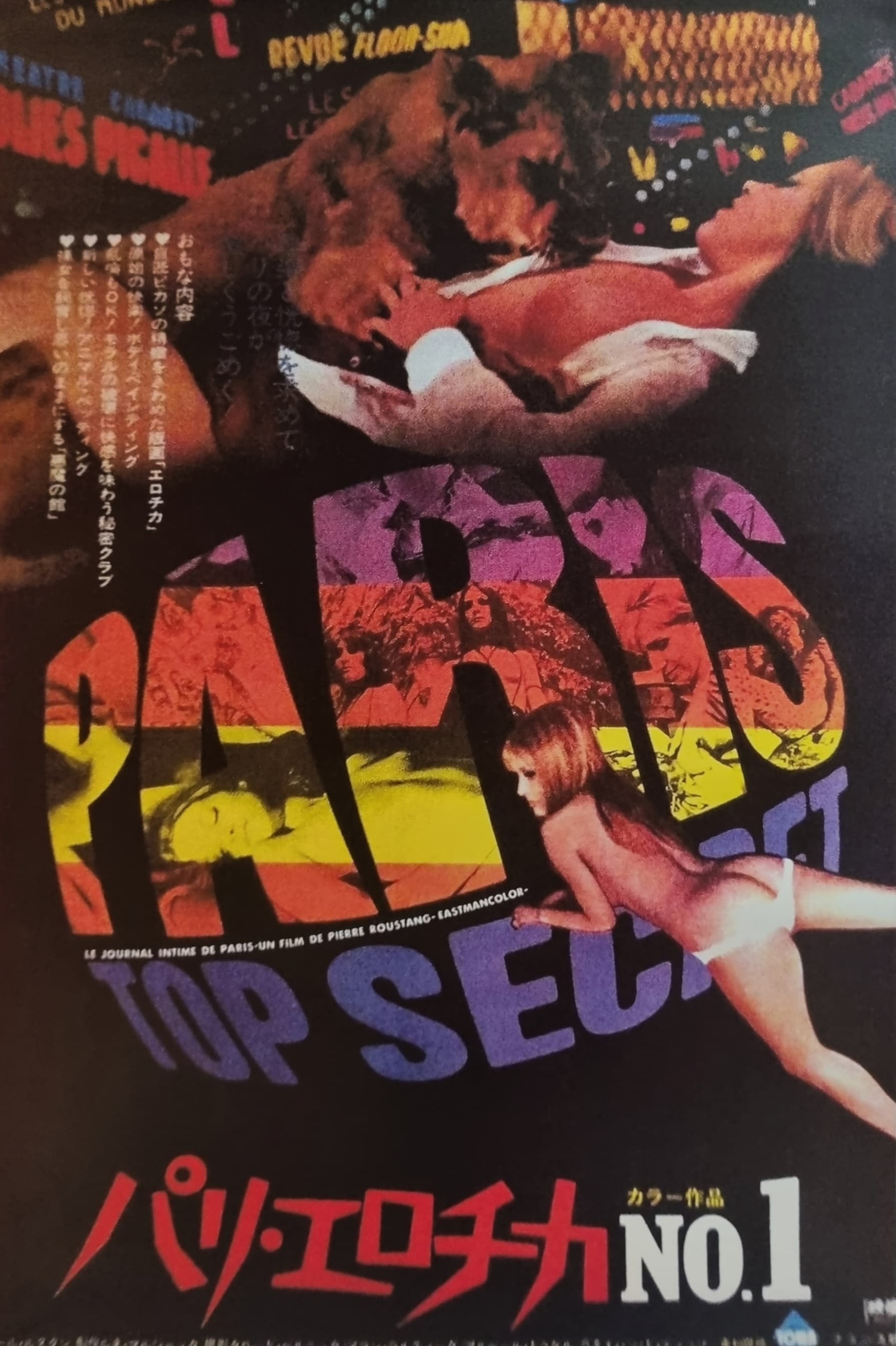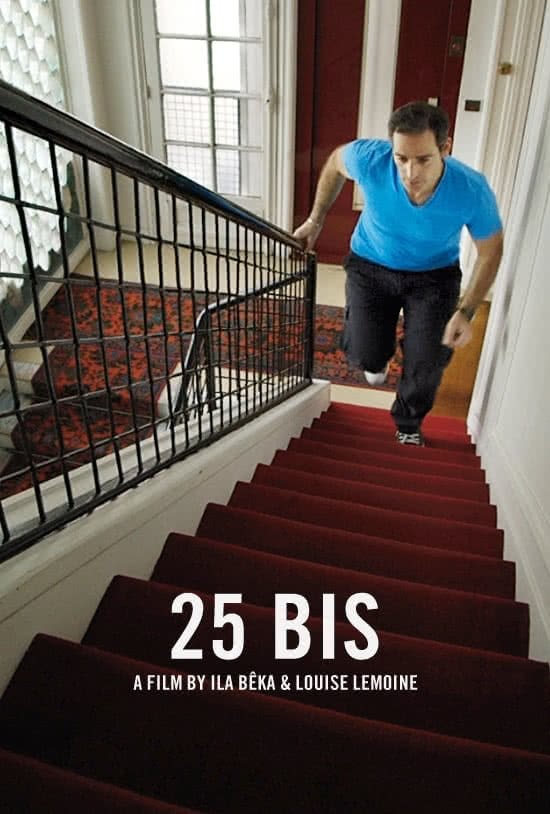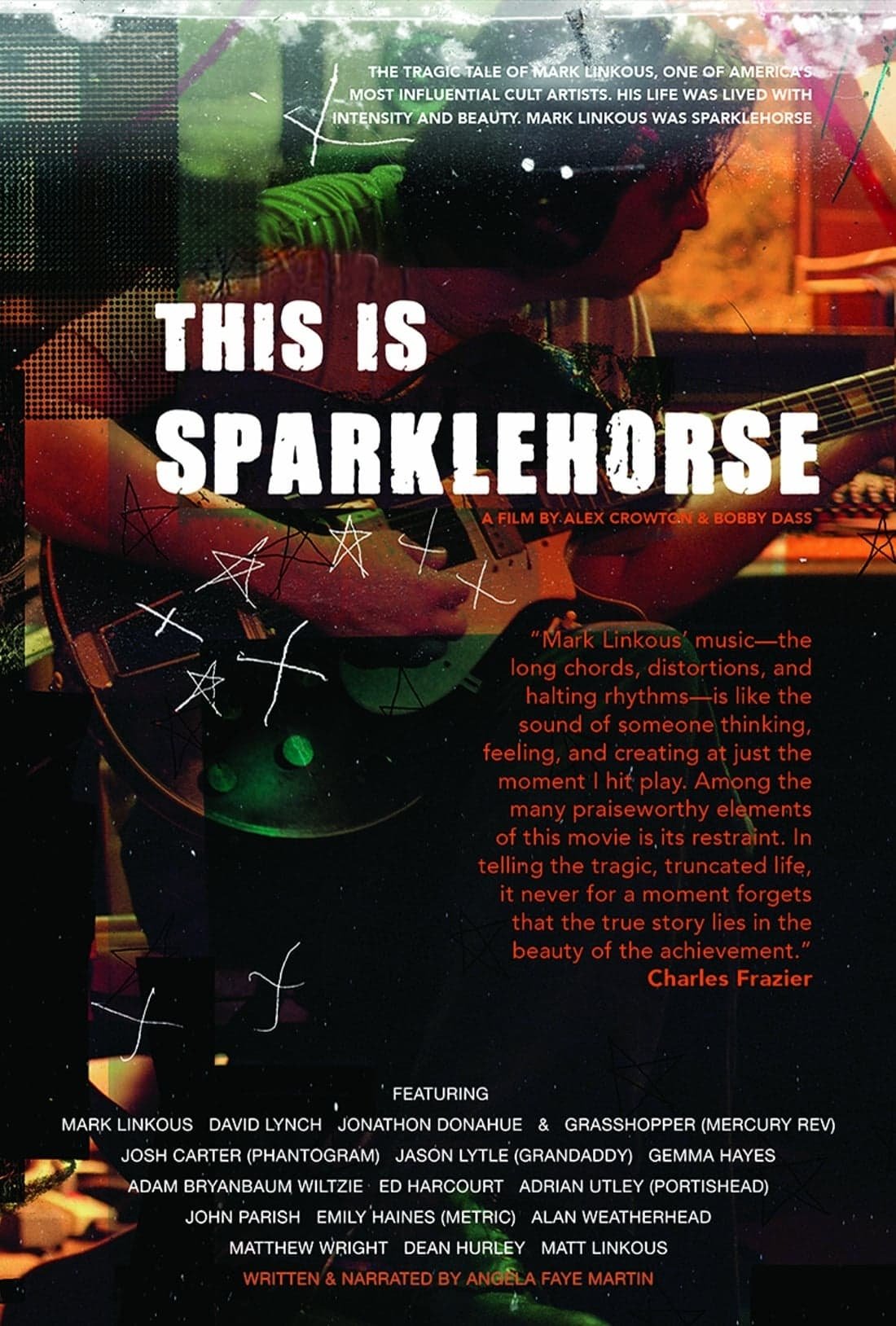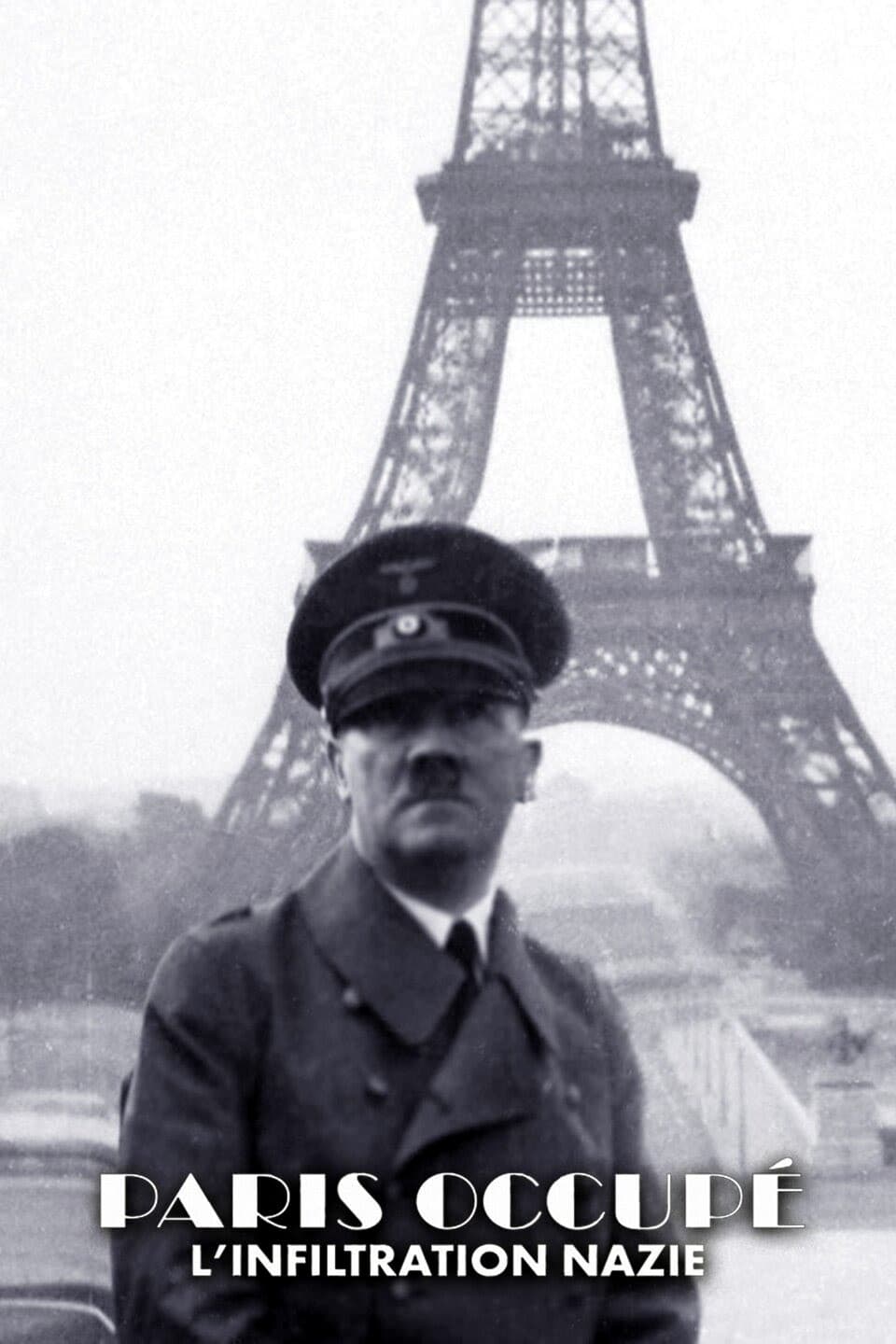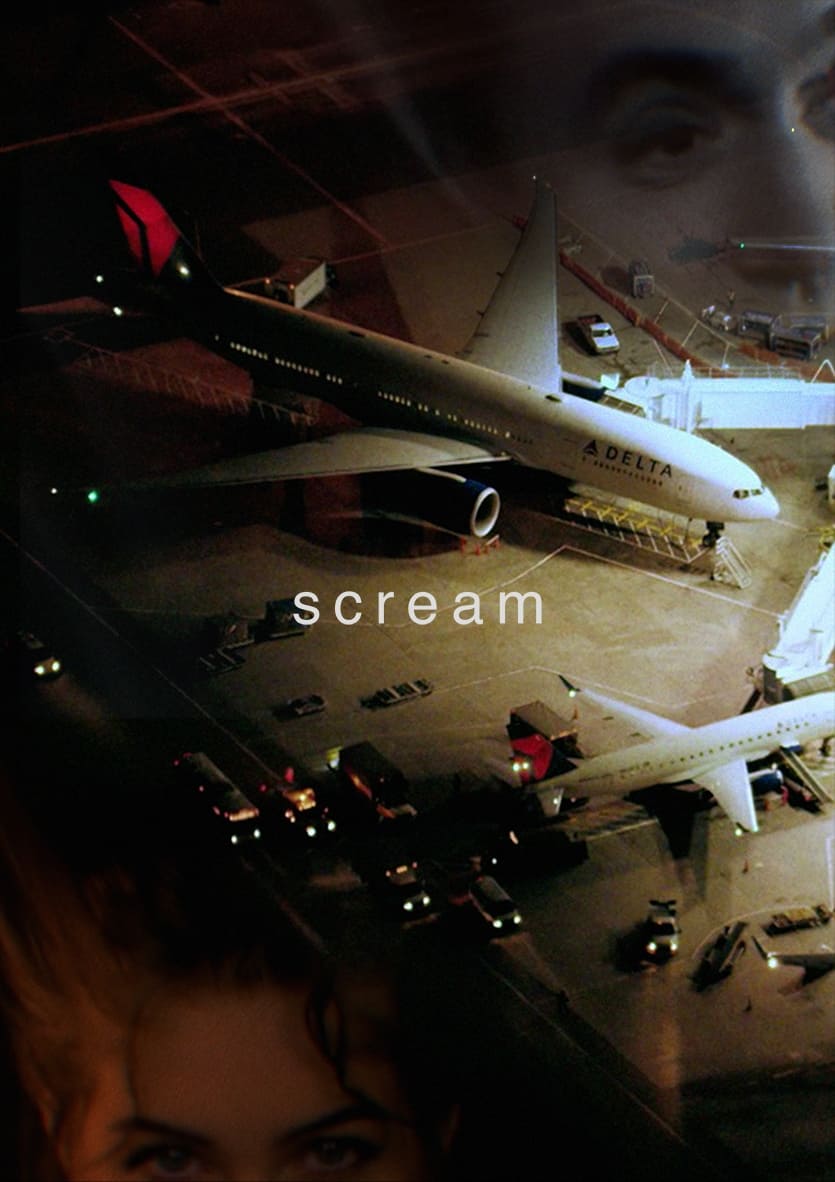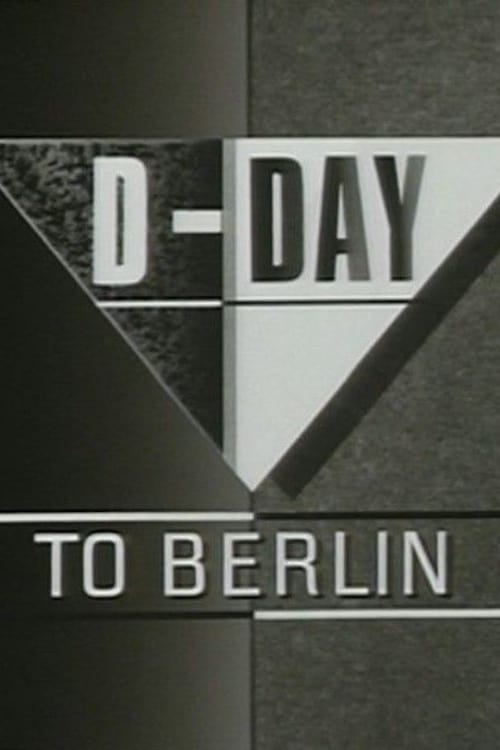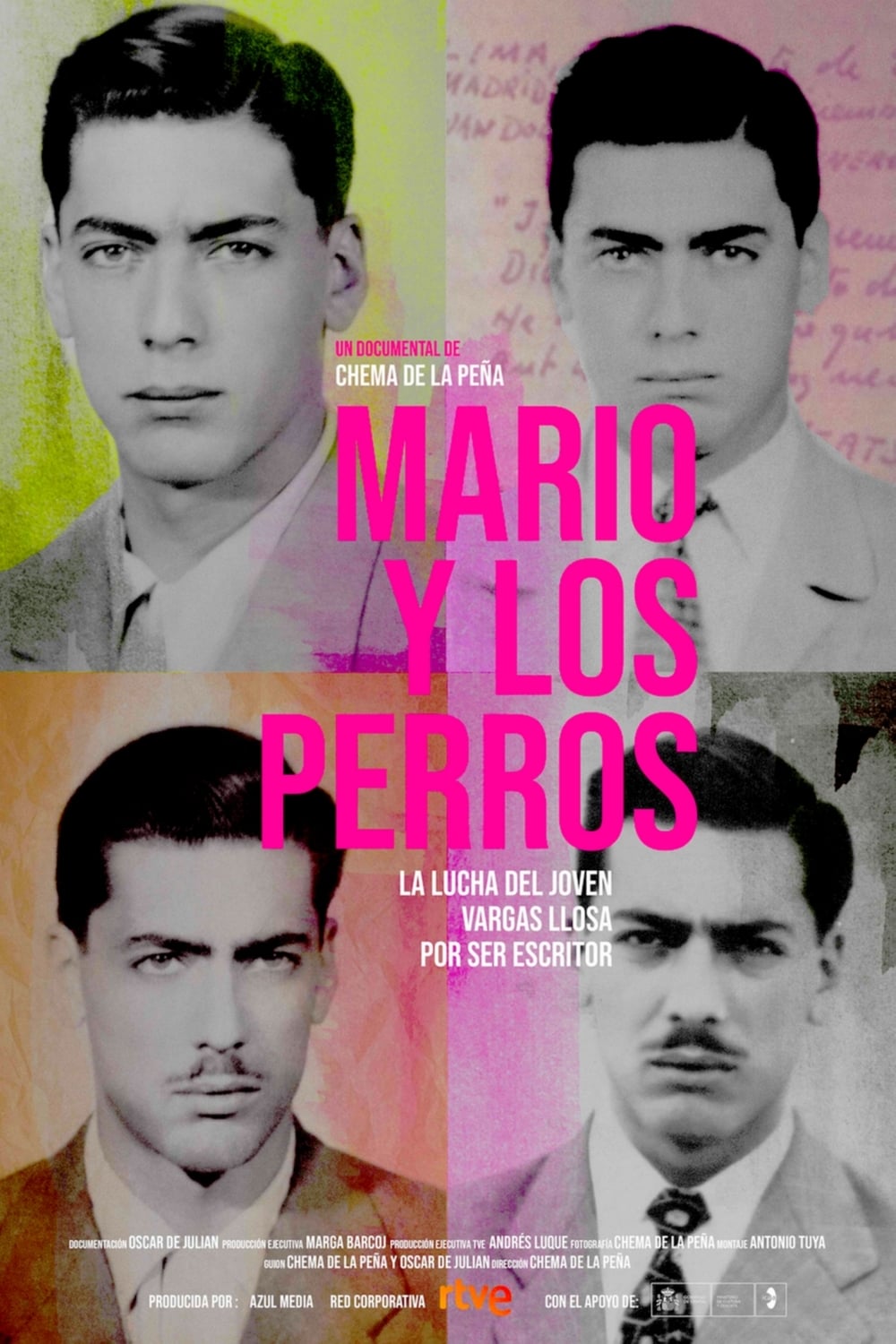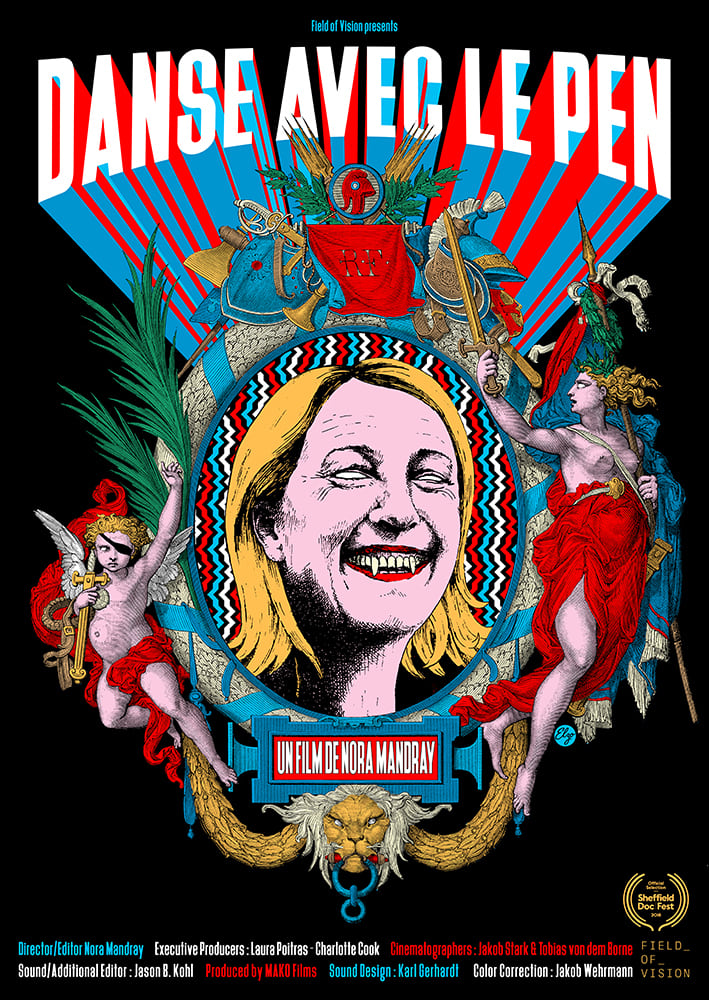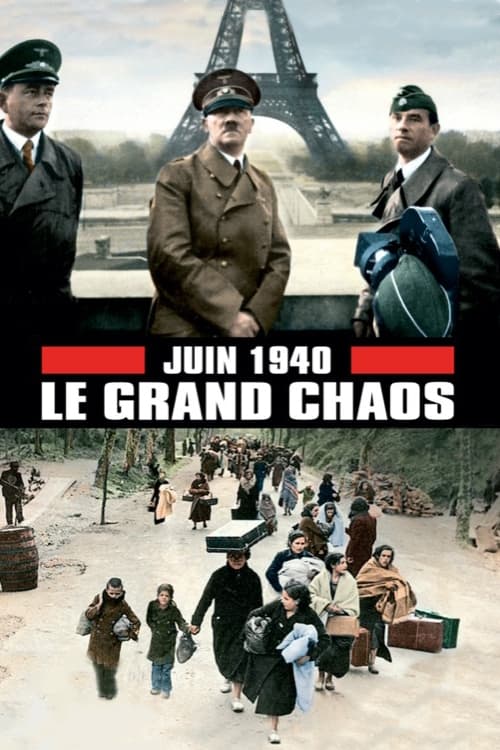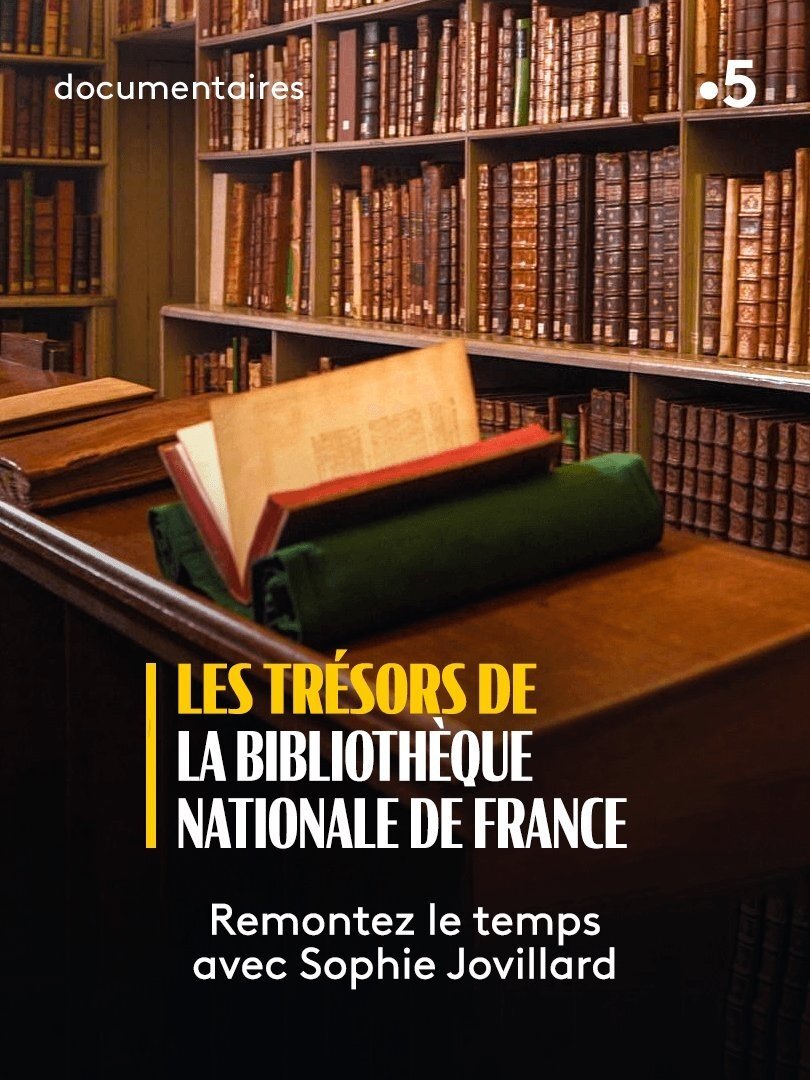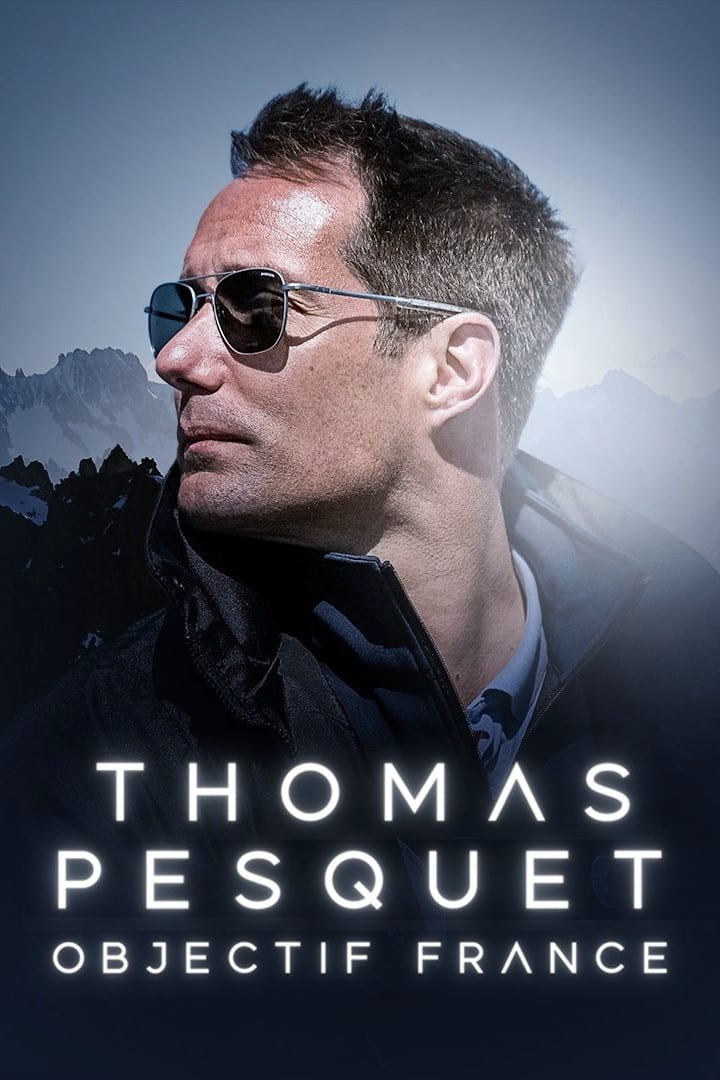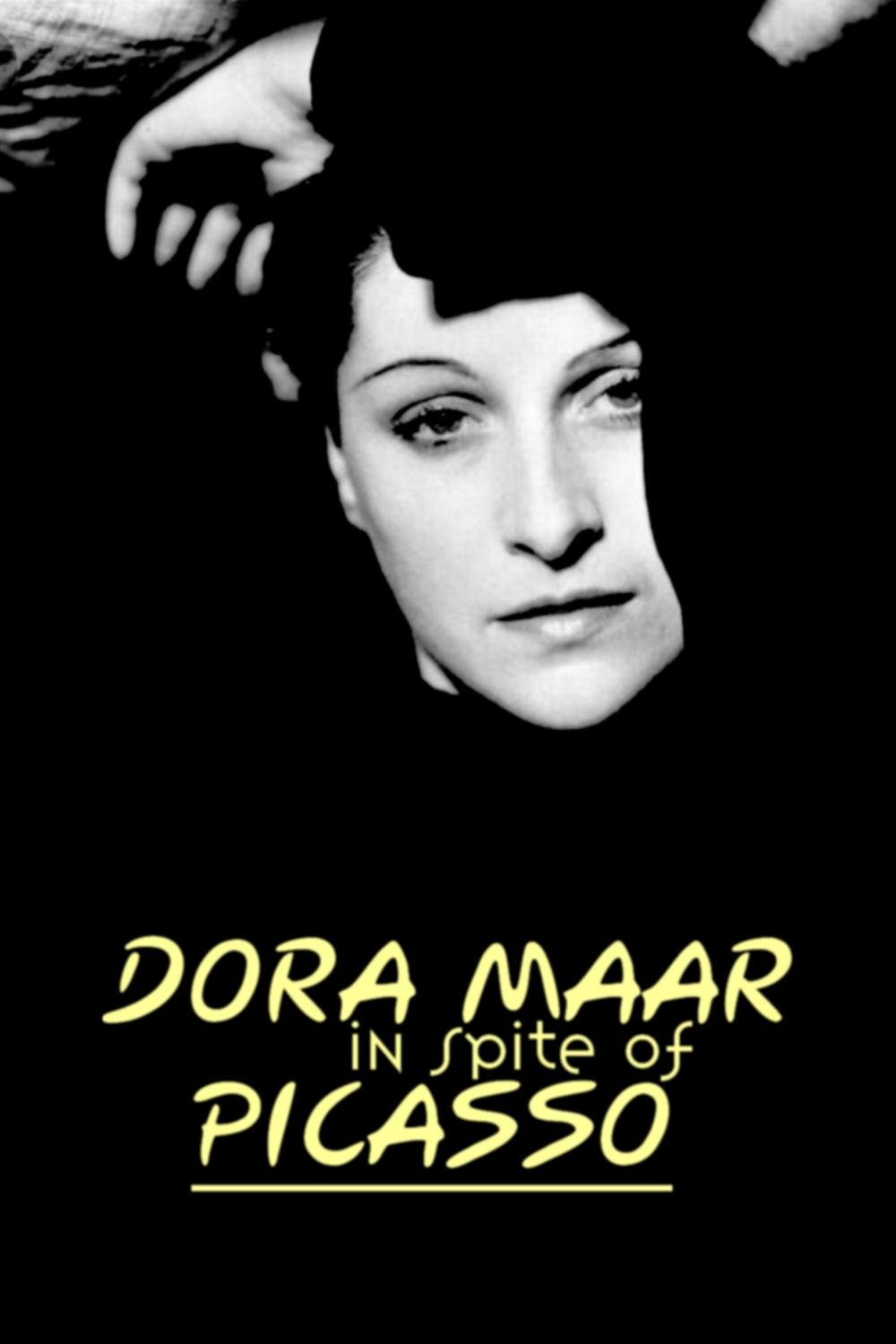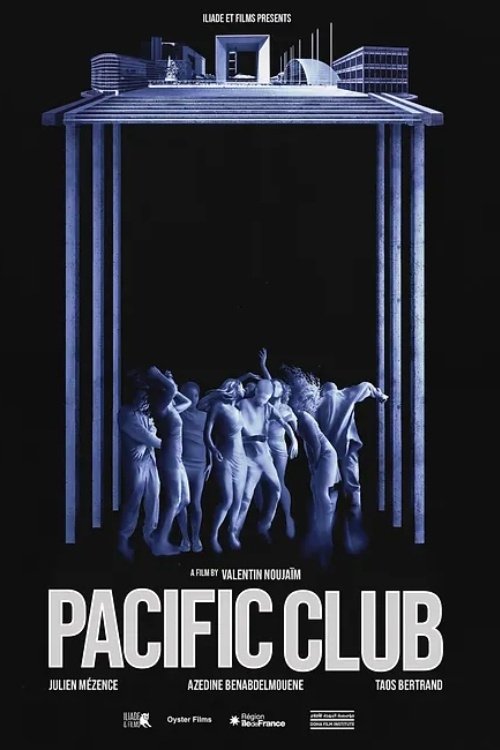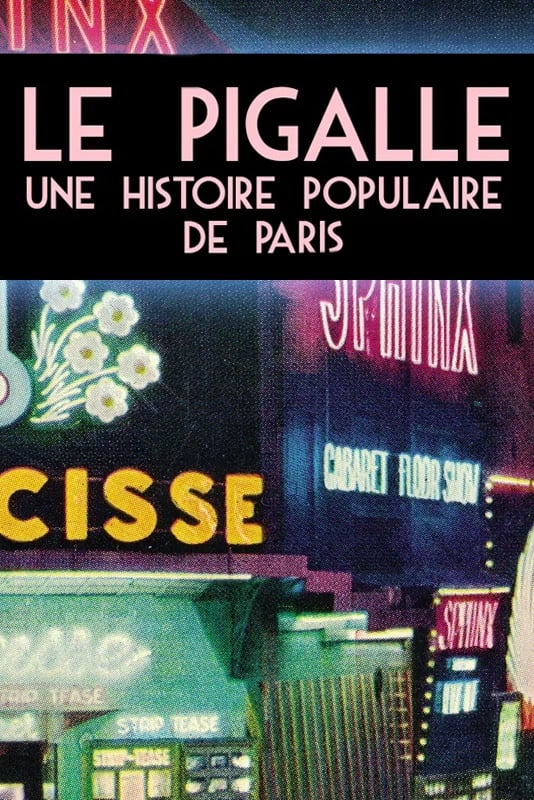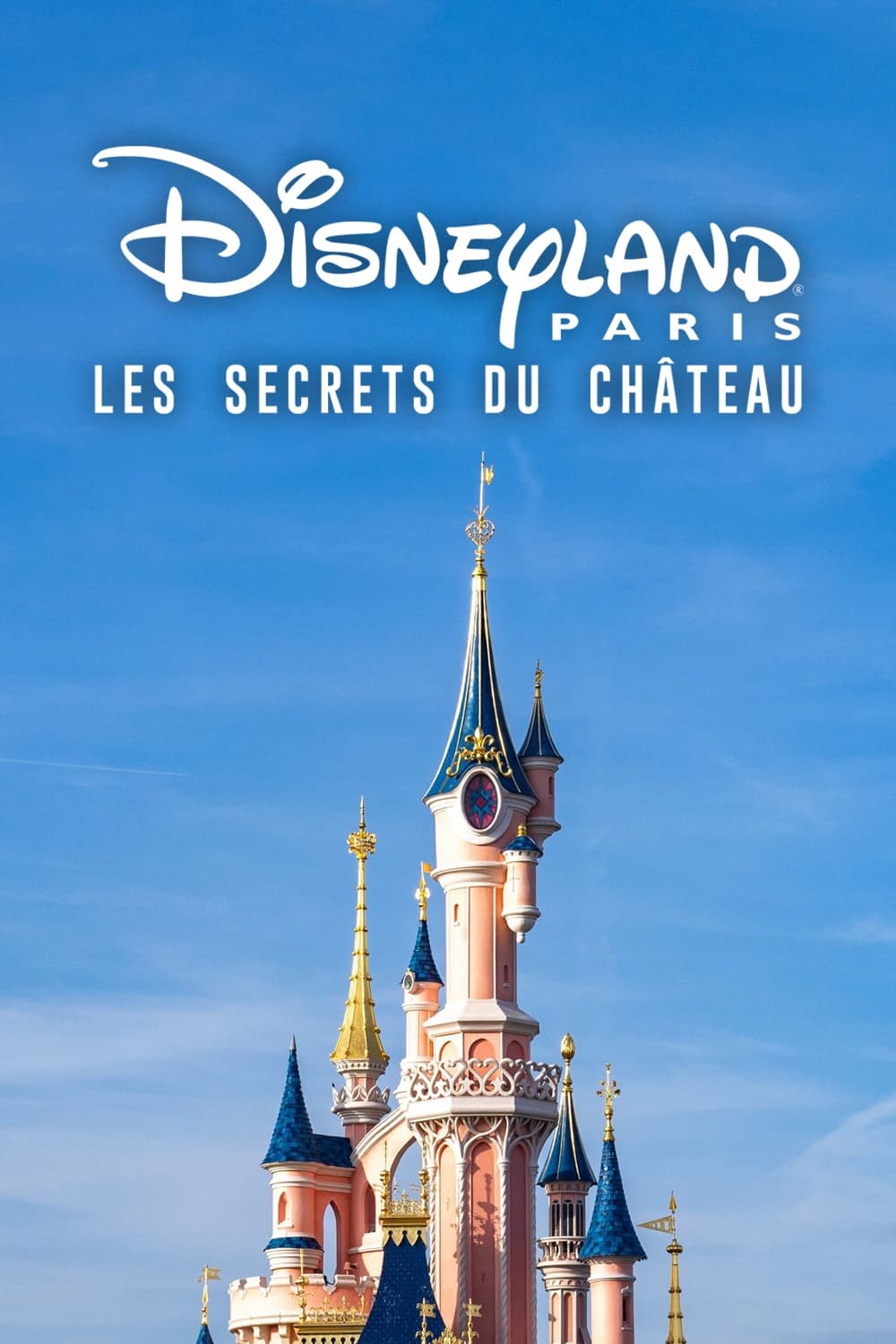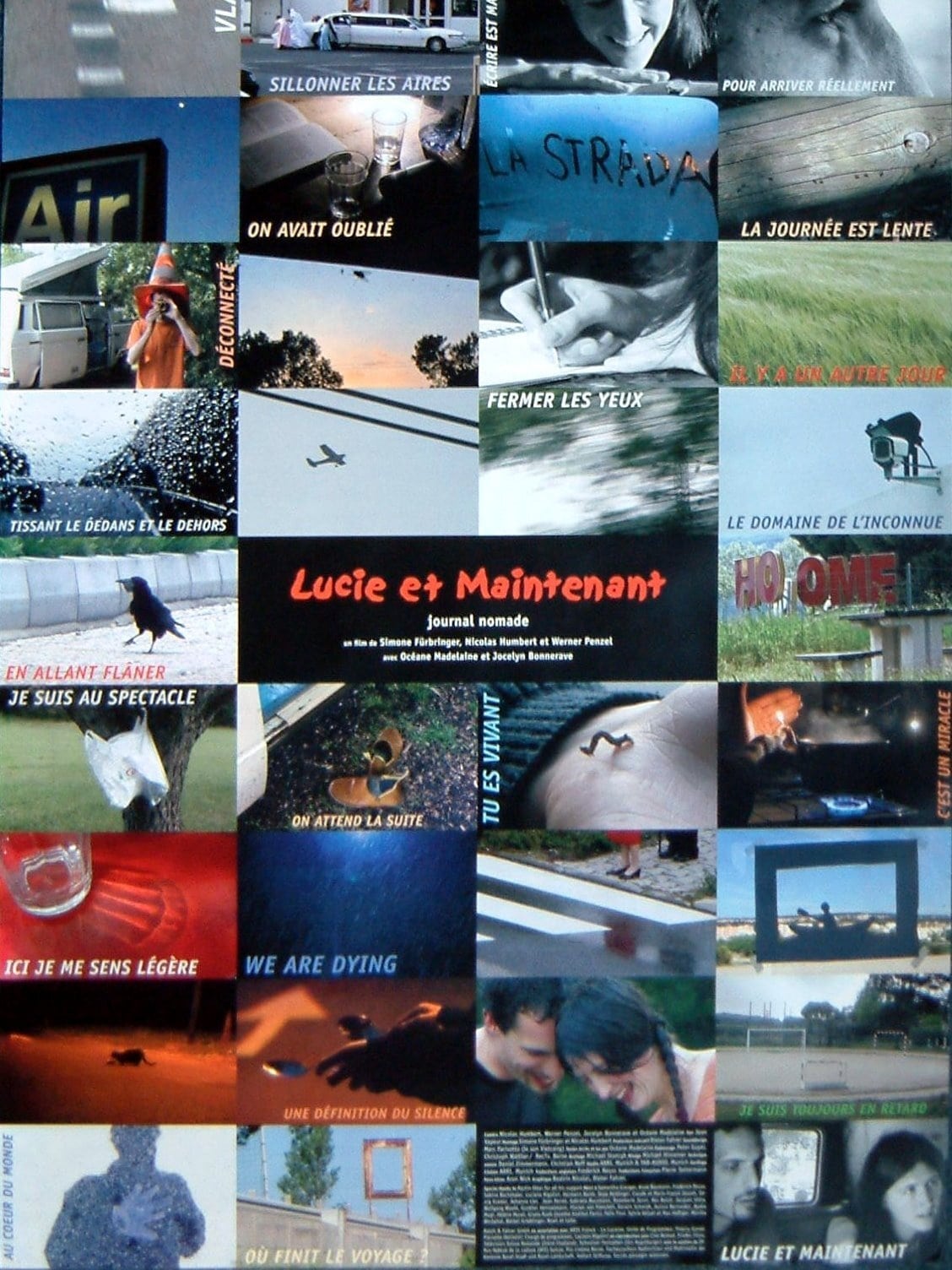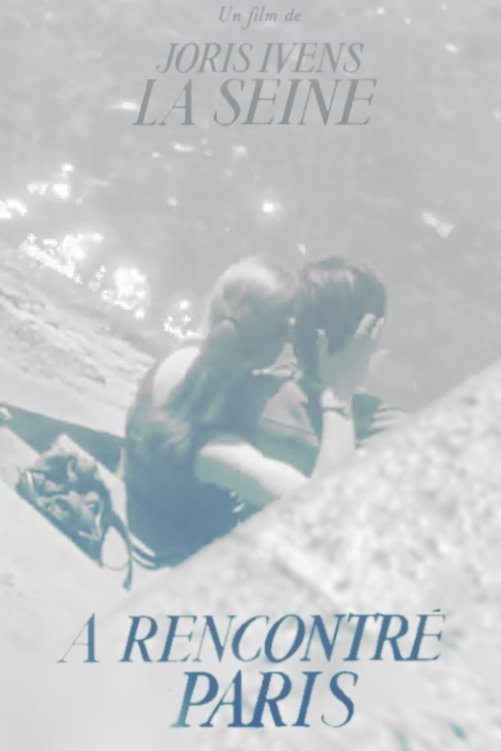
The Seine Meets Paris (1957)
Overview
A poetic ode to the River Seine, Ivens' distinguished camera eye surveys its lively banks and step-stone canals with a vérité candor, a beguiling elan.
Production Companies
Additional Info
| Budget | $0.00 |
|---|---|
| Revenue | $0.00 |
| Original Language | fr |
| Popularity | 1.422 |
Directed By
Joris Ivens
Crew
Joris Ivens
Philippe-Gérard
Jacques Prévert
Gisèle Chézeau
Joris Ivens
TOP CAST
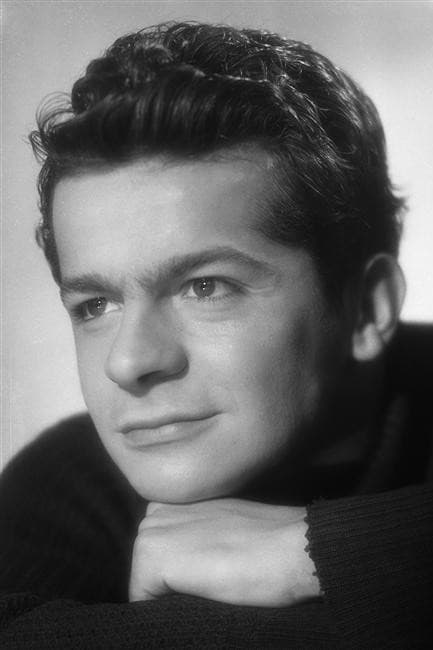
Serge Reggiani
Speaker
Similar Movies
Paris top secret
The underworld (imaginary and real) of Paris, depicted through several sketches. Kaleidoscope of the immoral and nauseating aspects of the capital.
25 Bis
25 BIS is an intimate portrait of a masterpiece from the beginning of Auguste Perret’s career: the building located on 25 Bis, Rue Franklin in Paris. The film looks for the intangible and subjective element of the building’s history: the depth of its human print. The building appears as a sedimentation of life stories where each layer has left the trace of a passage. From the intimate nature of these stories, the film draws this fragile and undefined essence that could be called “the soul of the place”.
This Is Sparklehorse
An comprehensive look at the life and music of Mark Linkous, a influential figure in the alternative music scene. Critically-acclaimed Linkous had a dramatic life that saw him battle with drug and alcohol addiction, paralysis, and debilitating depression that resulted in his eventual suicide. Mark's music was heralded by his peers and critics; a mix of delicate pop, discordant punk and melodic odyssey; it has been described as defiantly surrealist with all manner of references to smiling babies, organ music, birds, and celestial bodies. The film mines Marks life and music and navigates the sacrifices and highs and lows of his art.
When Paris was German
Discovering Paris under the German occupation through the story of an SS soldier and more generally of Wehrmacht soldiers allows us to follow the daily life on the German side. These soldiers enjoyed privileged status, during their stay, they were led to believe that they belong to a social elite, a status unreachable back in Germany during peacetime. And who better than a German who has led such lifestyle to serve as a common thread and tell this story?
Scream
An experimental essay film about terrorism, media, violence and globalisation. Three infotainment news broadcasts - a rollercoaster, a hijacking, and an influencer - are soundtracked by pulsating experimental electronics that push the psychic residue of a post war-on-terror world out of the unconscious and onto the screen. Capitalism, imperialism, desire; all three are implicated in a nihilism that has seeped from the news into the social psyche.
D-Day to Berlin: A Newsnight Special
George Stevens's remarkable film is acclaimed by historians as the most important colour footage taken during the war. Milestones covered include the liberation of Paris, the link-up between the Russian and American armies on the River Elbe and the Allied capture of the Dachau concentration camp.
Mario y los perros
An account of the childhood and youth of the Peruvian writer Mario Vargas Llosa, Nobel Prize for Literature in 2010, and how the hard experiences he lived during these formative years led him to write and publish his first major work when he was only 26 years old.
Dancing with Le Pen
In France’s last presidential election, Marine Le Pen, a right-wing candidate, won over 30 per cent of the vote after an attempt to rebrand a party long associated with her controversial father, Jean-Marie Le Pen. See how three of her supporters faced similar obstacles in changing the narrative.
June 1940, the Great Chaos
From May 10, 1940, France is living one of the worst tragedies of it history. In a few weeks, the country folds, and then collapsed in facing the attack of the Nazi Germany. On June 1940, each day is a tragedy. For the first time, thanks to historic revelations, and to numerous never seen before images and documents and reenacted situations of the time, this film recounts the incredible stories of those men and women trapped in the torment of this great chaos.
Ghost Dance
Through the experiences of two women in Paris and London, Ghost Dance offers an analysis of the complexity of our conceptions of ghosts, memory and the past. The film focuses on the French philosopher Jacques Derrida, who observes, 'I think cinema, when it's not boring, is the art of letting ghosts come back.' He also says that 'memory is the past that has never had the form of the present.'
Paris in the Belle Epoque
The Bokelberg photographic collection brings to life the Paris of the Belle Époque (1871-1914), an exhibition of workshops and stores with extremely beautiful shop windows before which the owners and their employees proudly pose, hiding behind their eyes the secret history of a great era.
Les Trésors de la Bibliothèque nationale de France
The National Library of France is the guardian of priceless treasures that tell our history, our illustrious thinkers, writers, scholars and artists. Telling the story of the exceptional treasures of the National Library of France is like opening a great history book rich in many twists and turns. Without the love of the kings of France for books and precious objects, this institution would never have seen the light of day. The story begins in the 14th century under the reign of a passionate writer, Charles V, who set up a library in his apartments in the Louvre. But it was not until the 17th century, and the reign of Louis XIV, a lover of the arts and letters, that the royal library took over its historic quarters in the rue Vivienne in Paris, which it still occupies.
Dora Maar in Spite of Picasso
Dora Maar, a world-class photographer who began her artistic career in the French Surrealist scene of the 30s, lived in the shadow of Spanish painter Pablo Picasso, her lover between 1935 and 1943, with whom she maintained a chaotic, even violent, relationship. Fortunately, she survived Picasso's abusive behavior and its sequels to find a new path, the best one, the one that is worth to be told, in spite of Picasso.
Pacific Club
In 1979, the Pacific Club was opened in the basement of La Défense - the business district of Paris. It was the first nightclub for Arabs from the suburbs; a parallel world of dance, sweat, young loves, and one-night utopias. Azedine, 17 years old at the time, tells us the forgotten story of this club and of this generation who dreamed of integrating into France but who soon came face to face with racism, the AIDS epidemic, and heroin.
Lucie et Maintenant
In May of 1982 Julio Cortázar, the Argentinean writer and his companion in life, Carol Dunlop set out in their VW bus on a journey along the highway from Paris to Marseille that, for each of them, was to be their final one. Twenty-five years later, Océane Madelaine and Jocelyn Bonnerave set out to undertake the journey again.
